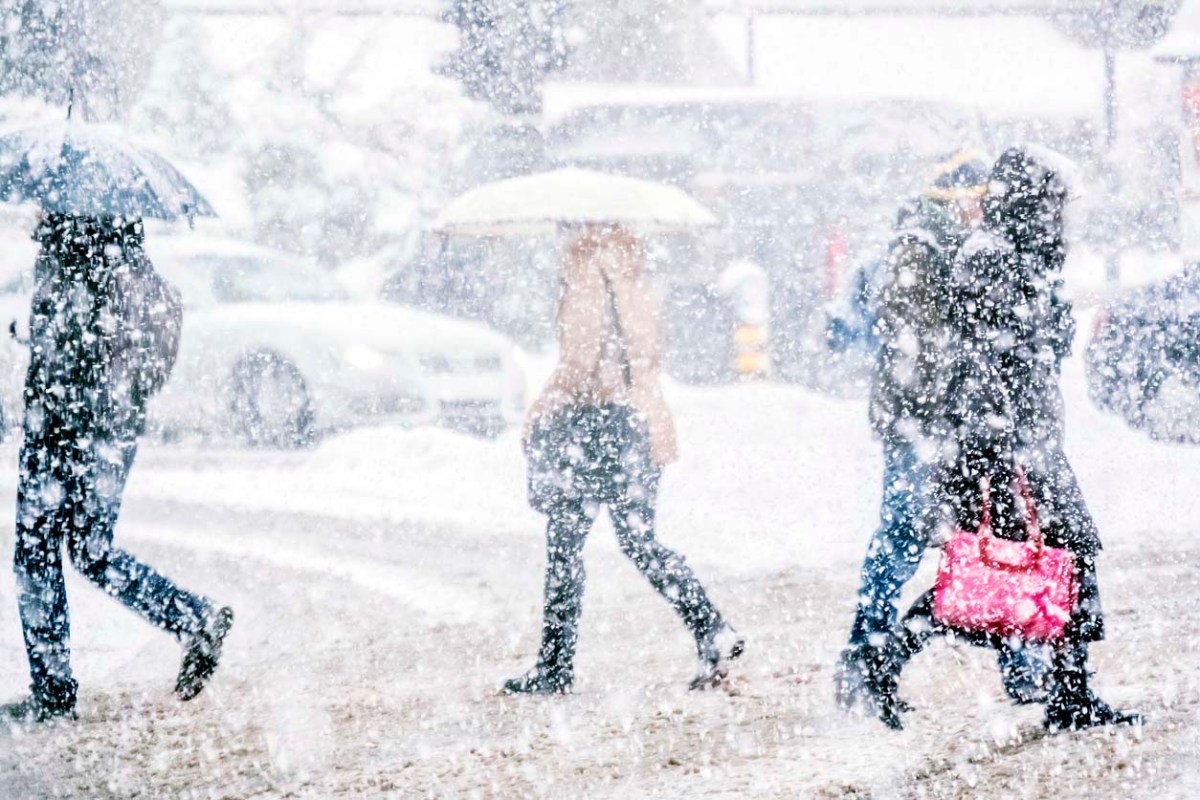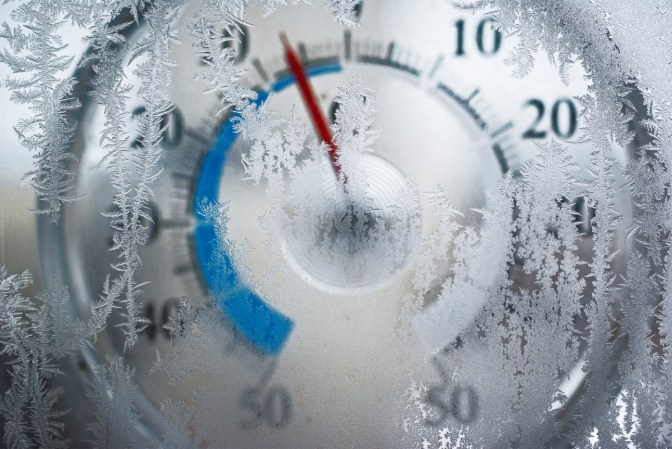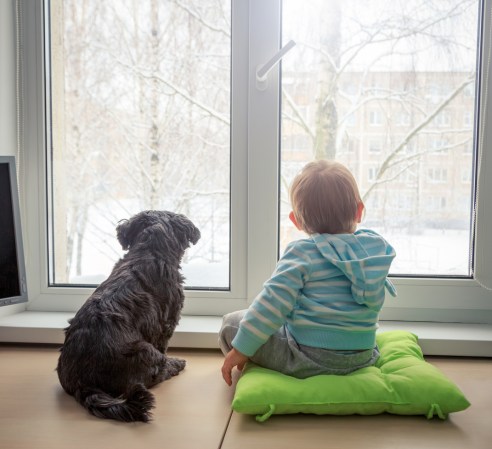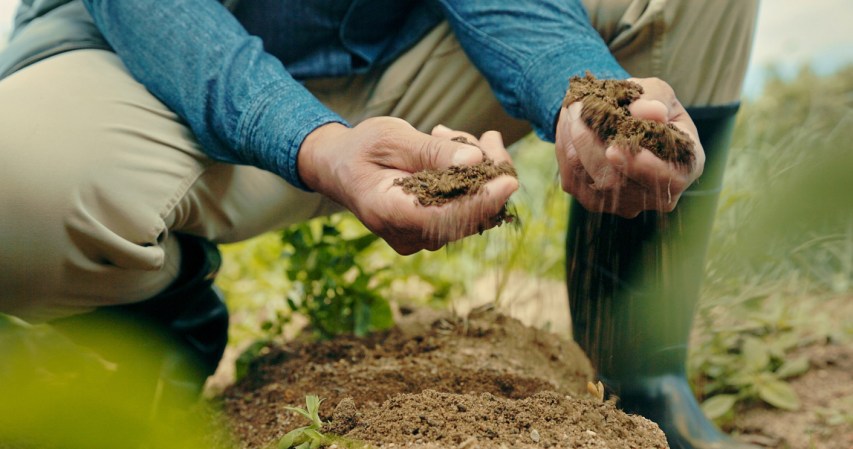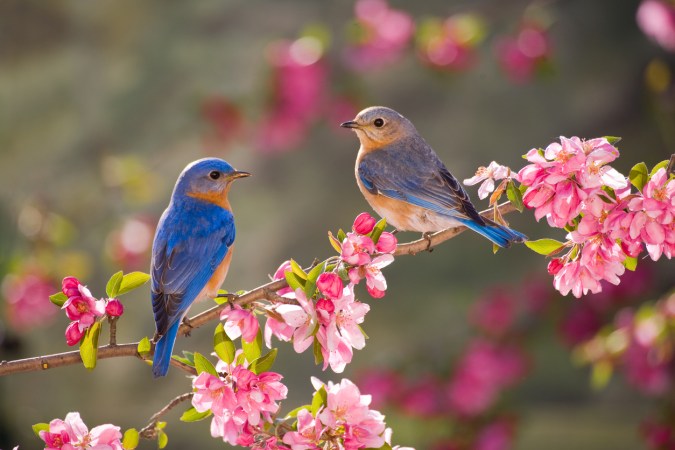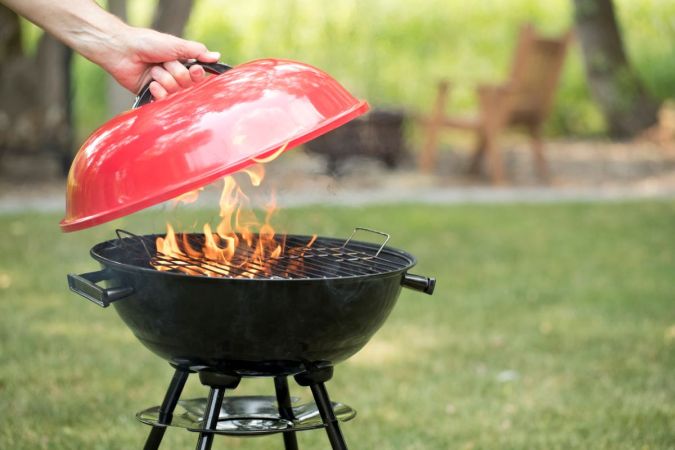We may earn revenue from the products available on this page and participate in affiliate programs. Learn More ›
Shake, shiver, and shovel.
According to the Farmers’ Almanac winter forecast, that’s what many of us will be doing during the upcoming winter. Although shivering and shoveling aren’t the most pleasant pastimes, the optimists among us might point out that an especially cold and snowy season also affords plenty of opportunities for fireside snuggling, snow-centric recreation, and the uber-cozy, candles-and-hot-cocoa aesthetic of hygge.
Will this summer’s widespread drought make for a wet winter? How much snow is expected, and where? And how can homeowners prepare now to withstand the winter’s worst?
RELATED: 11 Winter Supplies to Stock Up on Now, Before They Sell Out
The History (and Mystery!) of the Almanac’s Forecasts
The Farmers’ Almanac has been predicting American weather for more than 200 years, having celebrated its bicentennial in 2018. No other source of forecasts has been consecutively published for as long as the Almanac. Moreover, it makes its predictions without any of the high-tech gadgets or apparatus that other experts employ: no Doppler radar, no satellite data, no supercomputers.
Instead, it relies on Caleb Weatherbee.
If you’re wondering “Who’s Caleb Weatherbee?” you’re not alone. No one knows the true identity of Mr. Weatherbee. He’s the Farmers’ Almanac’s pseudonymous prognosticator, whose identity is kept under wraps (probably a fur-trimmed parka and wool beanie, don’t you think?) and who uses a proprietary formula to predict the weather—2 years in advance, to boot!
The Almanac’s editors offer some hints, citing planetary position, lunar tides, and sunspot activity as just a few of Caleb’s secret herbs and spices—er, weather-forecasting tools. The exact methodology remains a mystery, but whoever is behind Caleb Weatherbee’s curtain has a pretty good track record; the mystery meteorologist has about an 85 percent accuracy rate.
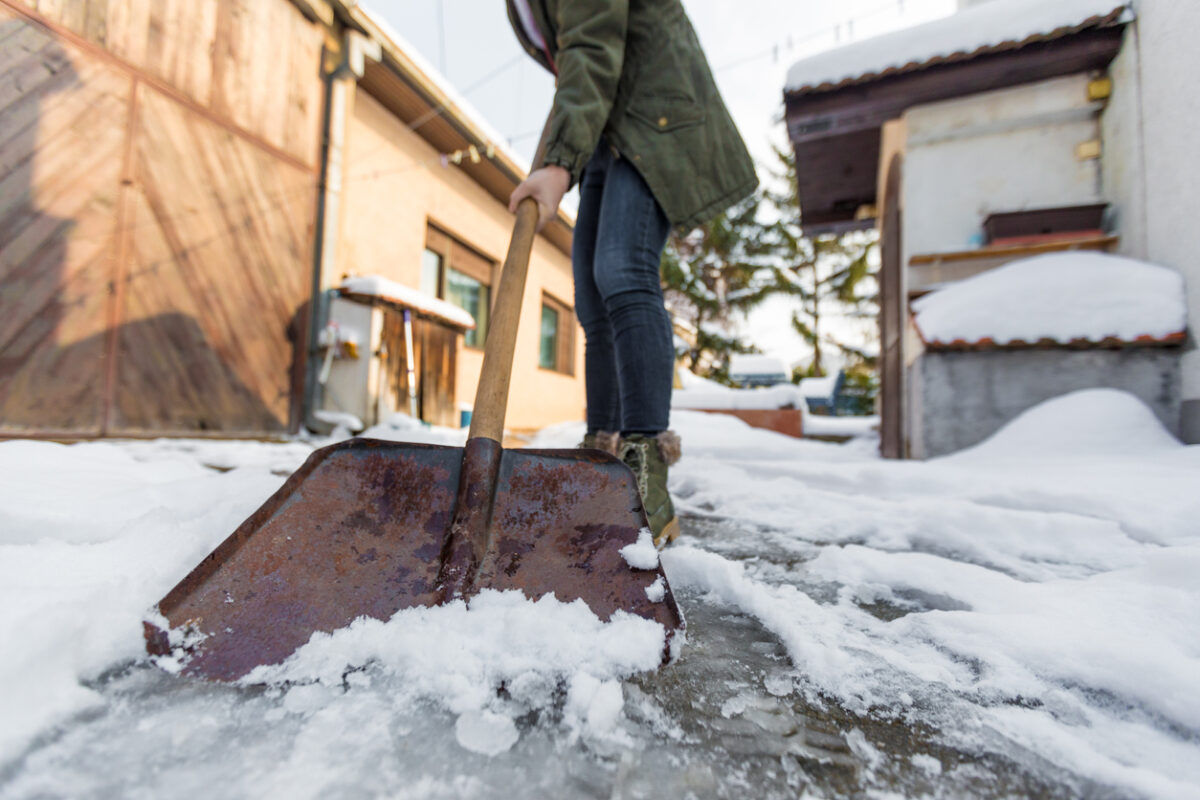
What Does the Dry, Hot Summer Bode for the Winter Ahead?
It’s been a brutal summer, for a number of reasons. More than half of the contiguous United States was in drought during July. California experienced the driest January-to-July period in its history. Many areas in the eastern half of the U.S., however, had record-high precipitation. Temperatures were measuring above average or breaking records across much of the country, with Texas reporting the second-hottest month in its history. Climate Central reports that the number of “extremely hot” days have increased by up to 75 percent since 1970.
Does an especially arid, scorching-hot summer have any bearing on what Old Man Winter will bestow upon us once autumn has come and gone? Is there a correlation between the seasons to begin with? Old wives’ tales pertaining to the weather abound: You’ve probably heard that cows lie down in advance of a rainstorm, but reclining bovines probably aren’t more reliable than your local networks’ weather experts. Nor can the colored bands of fuzzy caterpillars known as wooly bears portend how intense the upcoming winter will be.
The same goes for hot, drought-prone summers presaging heavy snowfall. Experts have debunked this particular myth; in fact, it’s actually the other way around. A warmish winter with little precipitation tends to beget high temps and dry terrain come summer. Last winter’s snowpack in the Sierra Nevadas, for example, was only 38 percent of the average because January, February, and March went on record as the driest months in over a century. Given that 75 percent of Californians get their water from the affected watersheds, it’s easy to see how the winter drought begets a bone-dry summer.
RELATED: 16 Winter Emergency Supplies You Should Always Keep in Your Car
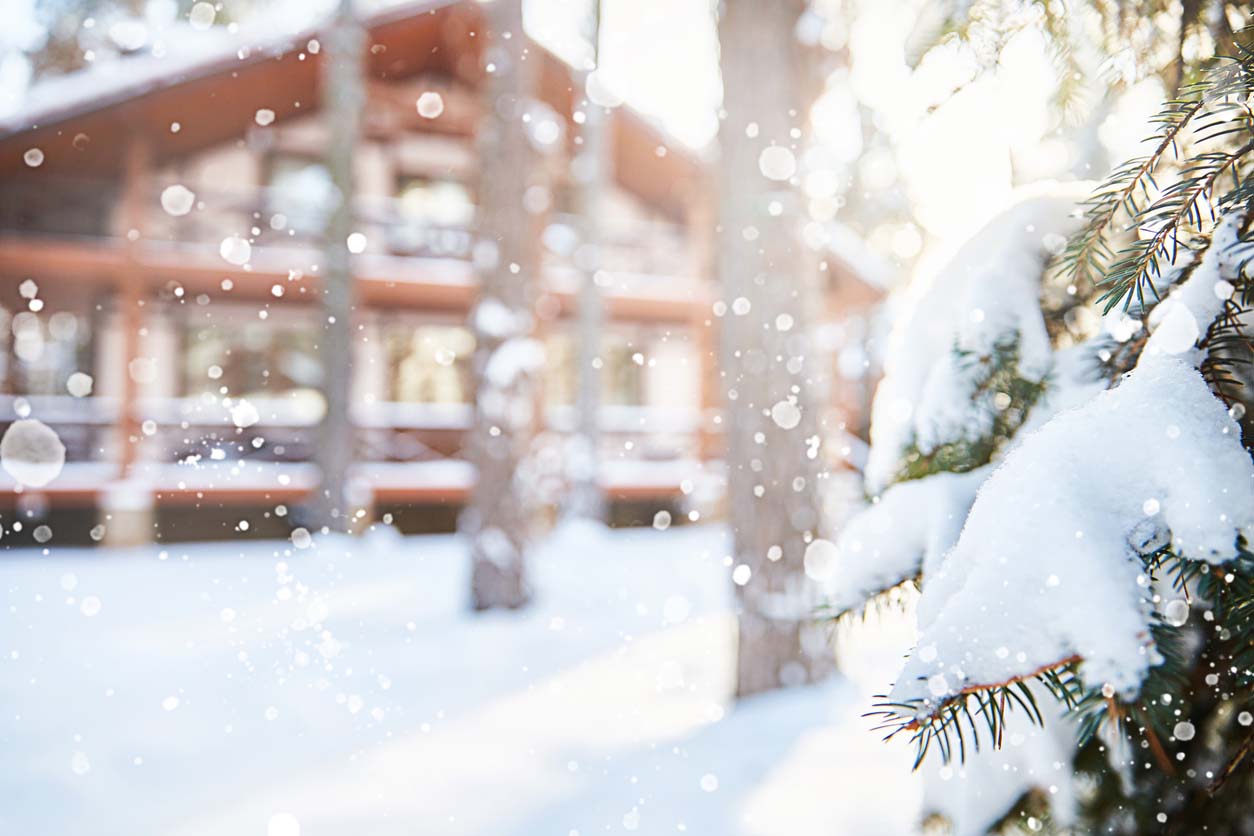
What To Expect Where You Live
Alright, enough procrastination about the prognostication. It’s time to rip off the bandage and learn just how much shaking, shivering, and shoveling is in store for locations across the nation. (Remember, these predictions come directly from “Caleb Weatherbee” and His Magic Formula. Don’t shoot the messenger, is all we’re saying.)
As far as temperatures go, expect frigid air in much of the country for much of the season, particularly in the North Central area—which the Almanac, tellingly, is calling the “hibernation zone.”
The Rockies and Great Plains will ring in the new year with a serious snowstorm, says the Almanac, with the white stuff reaching as far south as Texas and Oklahoma. Later in January, the eastern two-thirds of the country will see heavy rain and snow, followed by an influx of arctic air with temperatures potentially dropping to—brace yourselves—40 degrees below zero Fahrenheit. That’s some serious freezing.
In February, conditions may be a bit less crazy, but make no mistake: this season is projected to be super snowy. That’s especially true in the North Central and Great Lakes region, the Ohio Valley, the South Central states, and of course in the Northeast, where accumulation is nothing new and shoveling is just another ordinary chore. Residents of the Far West and Pacific Northwest can breathe a sigh of relief, with normal precipitation predicted in those zones.
The Southeast, on the other hand, is on track to see frequent storms, some bringing heavy rain and others a wintry mix of snow, sleet, ice, and freezing rain. Temperatures will be colder than usual, too—so stock up on snuggly blankets, hot cocoa supplies, and warm slippers to keep your toesies toasty. You might even want to invest in a space heater, but stay vigilant about space heater safety when you press it into service.
Lastly, the Farmers’ Almanac anticipates a slow and messy start to spring, with many parts of the U.S. seeing significant snow, thunderstorms, and torrential rain even after the Vernal Equinox. It seems as though March will go out the exact same way it came in—like a lion.
